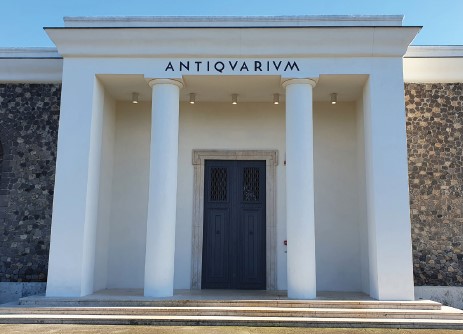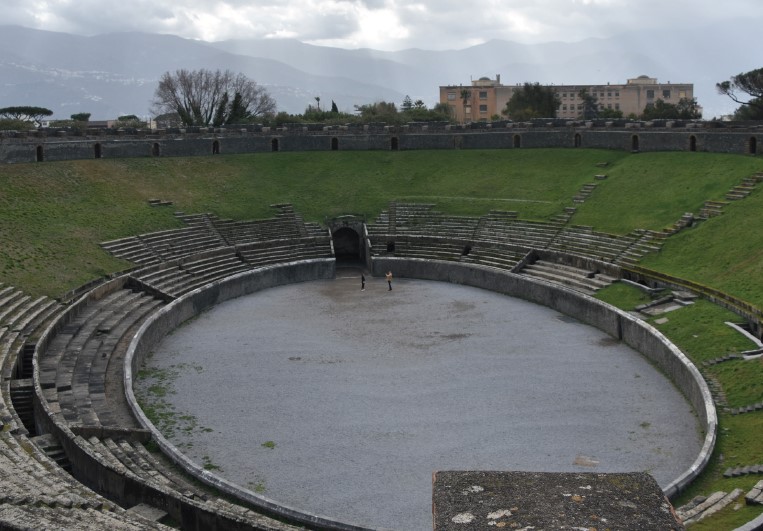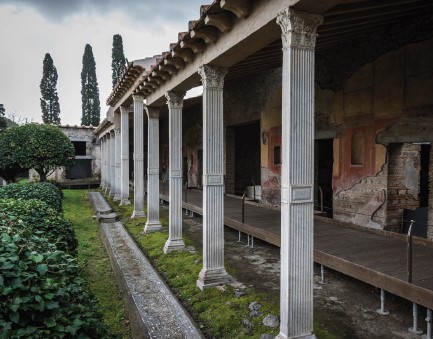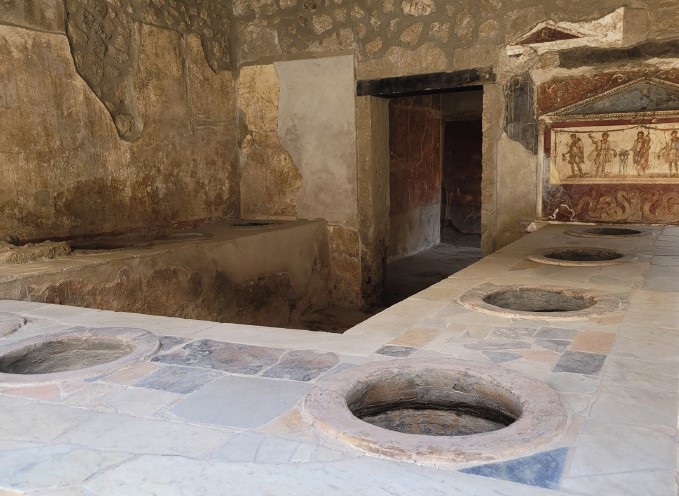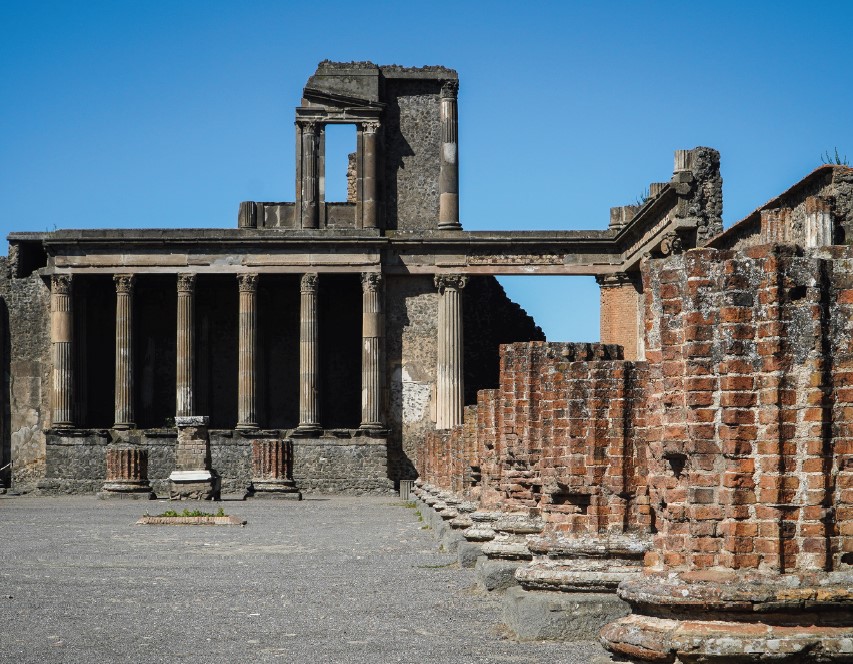Pompei
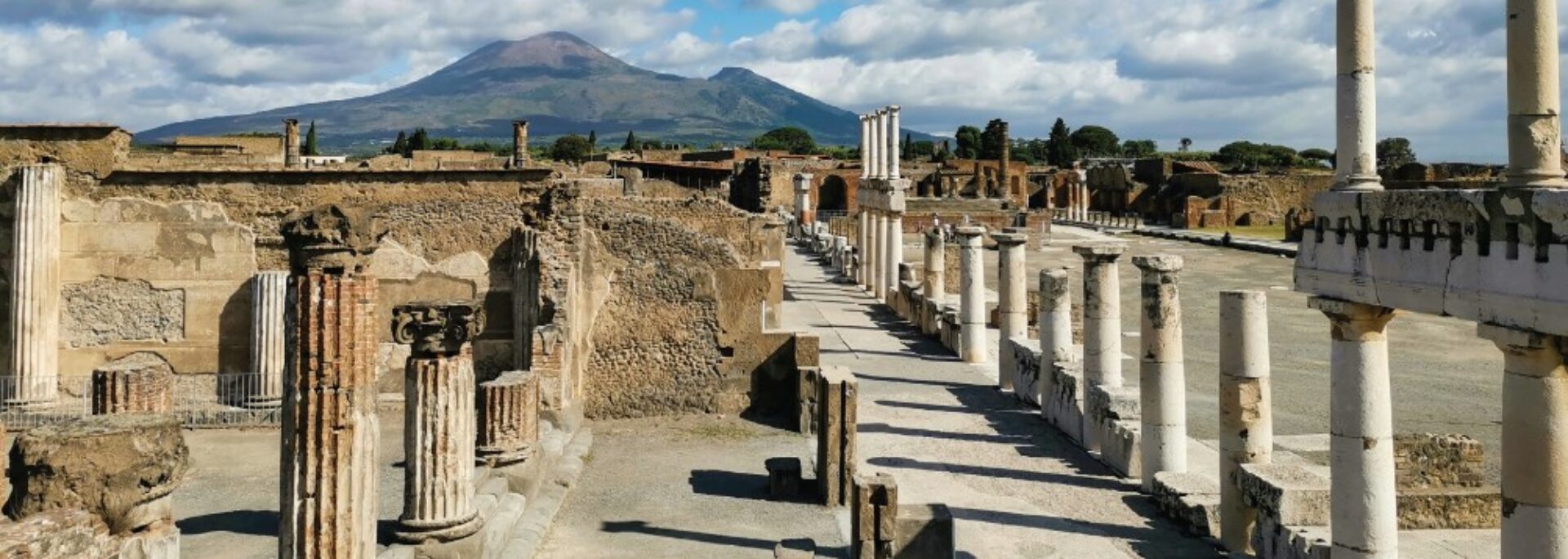
Pompei is a unique compound of buildings, temples, houses, streets, shops. Walking inside this site you can live a real time-lapse experience into the past, namely Roman age. On year 79 the eruption of Vesuvius partly destroyed the city of Pompei, covering the whole area with lapilli and ash that hid it to everybody’s eyes for a long time.
Following diggings and restauration actions, still running continuously in the site, that allowed Pompei magnificence to be brought back to light, the city has become destination of many tourists who are curious to enter a real ancient Roman city. Its frescoes reveal the amazing artistic skill of Pompeiians; its houses show their architectural taste; its shops show up their selling logistics; its temples represent their faith, its squares, gyms and baths their mostly favourite attended places; the Antiquarium displays daily life objects. Inside Pompei, the city ruins are witnesses of the ancient but at the same time still alive people.
The Museo per tutti guide leads you to discovering Pompei through a trail in 3 parts. People with intellectual disabilities, either with or without their caregivers, can therefore decide to take the first part of the trail only or go on and take the second one, then the third and last part. The guide has been conceived to let anybody experience the visit of the city on a personal basis, according to one’s wishes, capacity, timing. Houses, shops, temples and public buildings along the streets in Pompei are natural and concrete examples that bring the visitors to deepen the common themes explained on the guide pages, such as domestic, private and public lives.
Simplified texts guide people with intellectual disabilities to the comprehension of the complex story of an ancient though almost contemporary city.
The archaeological area is very big and completely open air, except for the Antiquarium Museum. This characteristic easily allows resting opportunities at any time of the day. At the same time, this means no shelter with any kind of weather, sunny or rainy included.
It’s very important to carefully plan one’s visit by reading the tip section on the social narrative page 18, besides using the simplified map to find your way around the archaeological site.
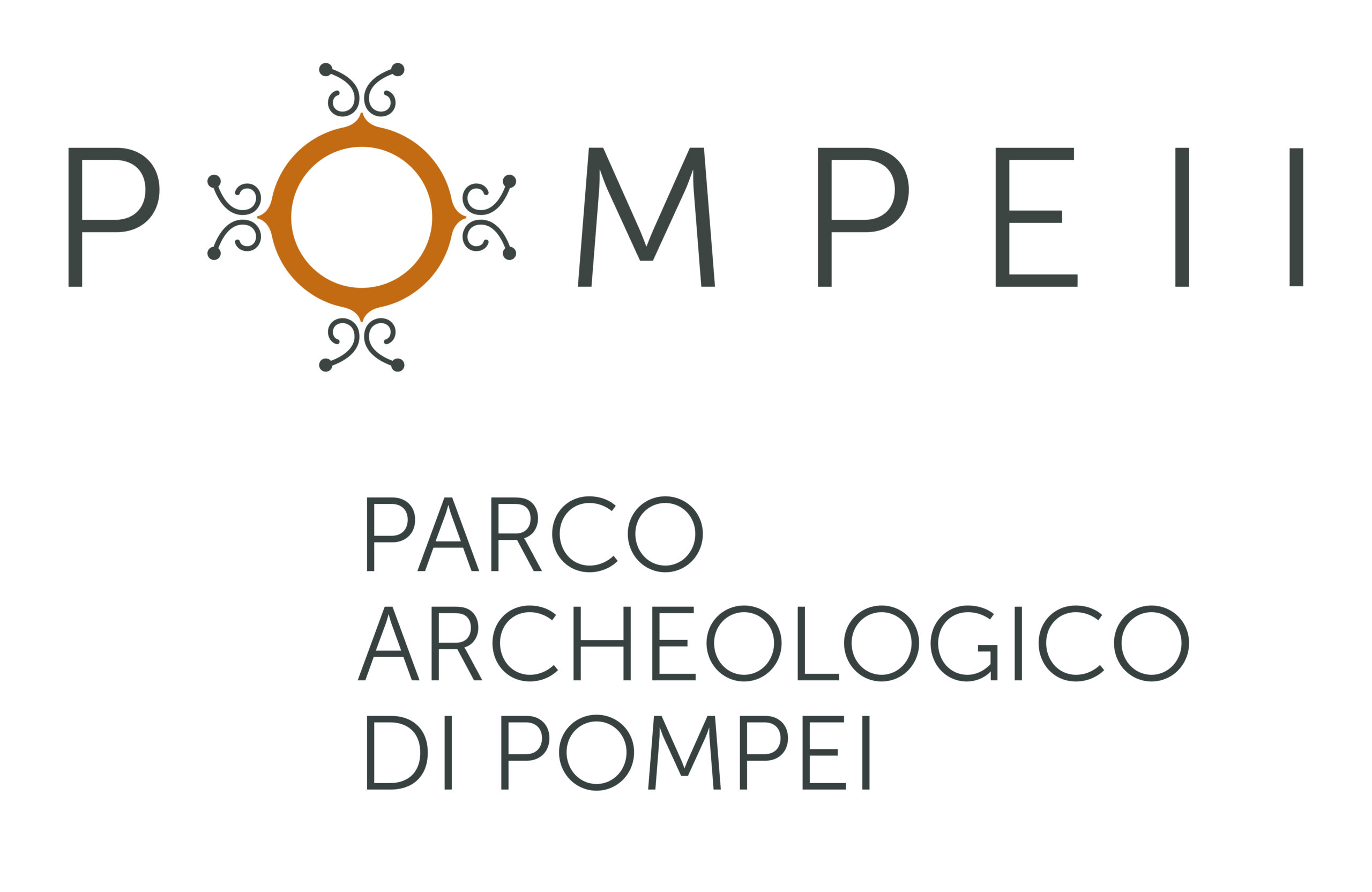

Contact the museum before your visit
Entrance Porta Marina: via Villa dei Misteri, 80045 Pompei (NA)
Entrance Piazza Esedra: piazza Porta Marina Inferiore, 80045 Pompei (NA)
Entrance Piazza Anfiteatro: piazza Immacolata, 80045 Pompei (NA)
- From Nov 1st to Mar 31st: from 9 a.m. to 5 p.m. (last entrance at 3.30 p.m.)
Facilities
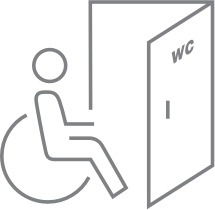 Accessible toilets
Accessible toilets
 Cloakroom
Cloakroom
 Resting areas
Resting areas

